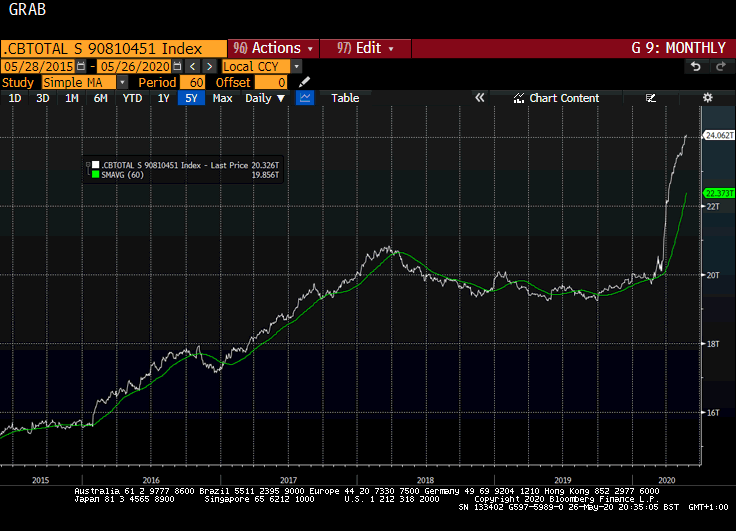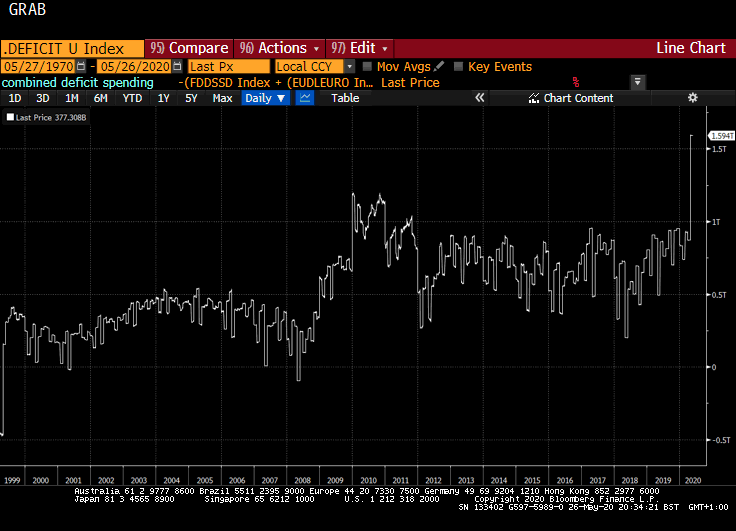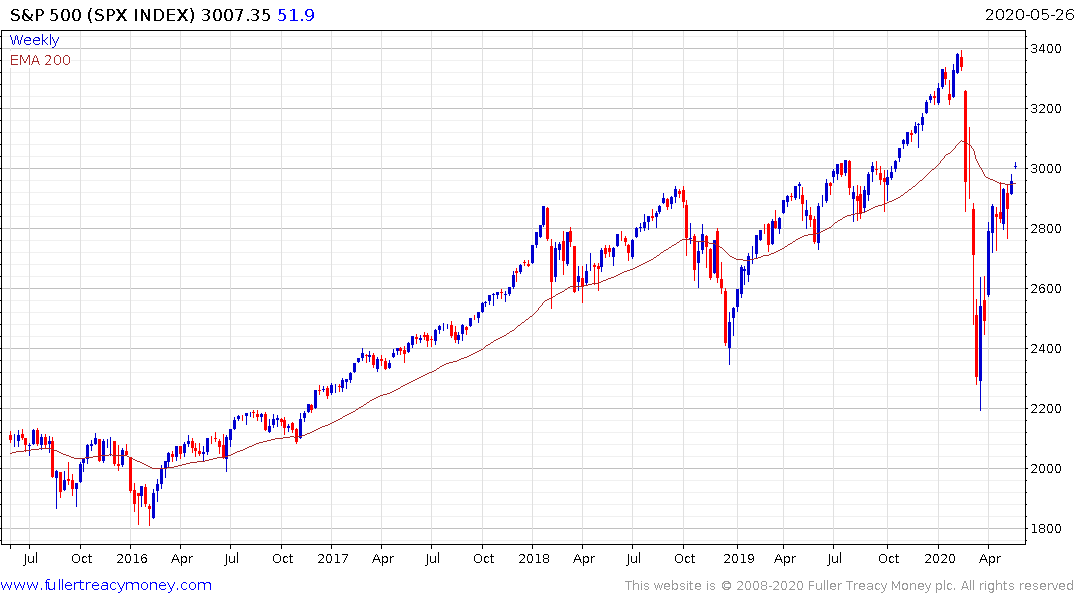Italy Says 96% of Virus Fatalities Suffered From Other Illnesses
This article by Tommaso Ebhardt and Marco Bertacche for Bloomberg may be of interest to subscribers. Here is a section:
The coronavirus outbreak in Italy has struck overwhelmingly among the nation’s older population and those with preexisting medical conditions, according to the national health authority.
Almost 96% of the country’s virus fatalities had previous medical conditions, data from Italy’s ISS health institute show. The ISS, which publishes a range of studies on the outbreak including a detailed weekly report, confirms a trend seen since the beginning of the emergency, with the average age of Italians who’ve died from the virus at around 80.
“The latest numbers show that new cases and fatalities have a common profile: mostly elderly people with previous illnesses,” ISS chief Silvio Brusaferro said at a news conference Friday.
The coronavirus pandemic forces us to engage in some grizzly calculus to try and figure out how markets are likely to respond to unfolding events. The reality of aging is we develop chronic conditions, one of which is likely to eventually kill us. Whether that is high blood pressure, heart disease, cancer or diabetes, aging contributes to the ill effects of all these ailments.
Nursing homes are not retirement communities. They are where sick elderly people stay because their illness is not urgent enough for hospital. Residents are therefore most likely to have underlying conditions. Nursing homes are also where many Alzheimer’s patients end up when their conditions exceed the ability of families to tackle. The coronavirus has ripped through these facilities because they are in no way prepared for strict quarantine and their patients are most susceptible to a new pathogen. The fact that some of the areas with the highest fatalities are also where infected people were housed in nursing homes appears to have significantly skewed the data.
The CDC has released data where they believe the mortality rate, on aggregate, is 0.004 or one person in every 250 cases. Half of all fatalities are over 60 so the fatality rate for working age people is probably more like 1 in every 500.
There are two points this data raises. The first is if the most susceptible to death have already died then they can’t very well die again. That should mitigate the effects of any additional surge in cases that may occur in future.
The second raises significant questions about the efficacy of lockdowns. Fatalities of 1 in 500 is still about 2 times worse than the flu but that is considerably better than the initial estimates. The range of treatments for the coronavirus continues to expand. The technology to develop vaccines is seeing a step-change improvement in real time. The potential to further compress the fatality rates is therefore very real. That is what the stock market is rapidly pricing in.
The big question investors need to ask therefore is whether the coronavirus is this generation’s Y2K. Back in 1999 everyone was worried about all electronics, everywhere, failing. It was a non event but sparked massive spending to avoid a negative outcome. Today, the central banks of the world have printed $4 trillion in three months and governments are running $1.6 trillion deficits when taken in aggregate.


The massive damage done to domestic economies everywhere may have been unnecessary. The stimulus to which governments are committing themselves is a result of the lockdowns. There is a real argument that the medicine has in fact been worse than the disease. Stocks continue to rebound but their reliance on liquidity to fuel further gains has never been more acute.



